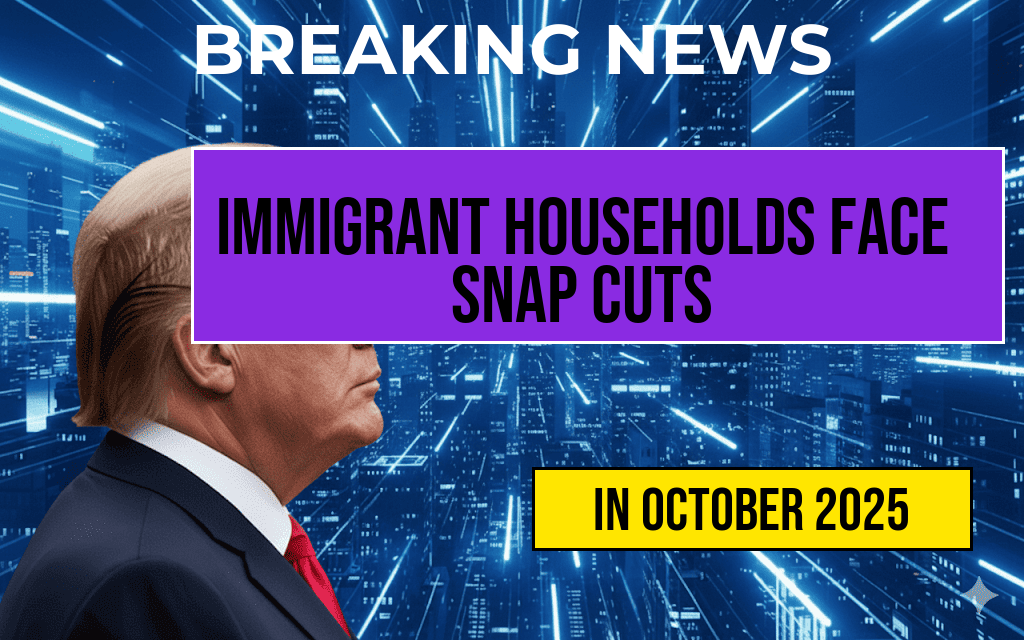Child benefits vary significantly across the globe, reflecting differences in economic development, social policies, and government priorities. The United States offers a federal Child Tax Credit (CTC) that provides up to $2,200 per qualifying child annually, while India’s Child Benefit Program can amount to approximately ₹165,000 (roughly $2,000 USD) for eligible families. These figures, while seemingly comparable in dollar terms, are rooted in vastly different economic contexts, cost of living, and social welfare frameworks. This disparity raises questions about how nations structure support for families and the relative impact of such benefits on child welfare and poverty alleviation. Comparing these programs reveals not only differences in monetary values but also underscores contrasting approaches toward child development, economic security, and social investment.
Understanding the US Child Tax Credit
The Child Tax Credit in the United States is a federal program designed to reduce the tax burden of families with children. As of 2023, the American Rescue Plan temporarily increased the maximum Child Tax Credit to $2,000 per child under 17, with up to $1,500 of that amount being refundable. This means families can receive a direct payment even if they owe no taxes, providing immediate financial relief. The credit phases out gradually for higher-income households, typically beginning at an adjusted gross income of $200,000 for single filers and $400,000 for married couples filing jointly.
Beyond the direct credit, the US also offers additional benefits such as the Earned Income Tax Credit (EITC) and various state-level programs, aiming to support low- and middle-income families. The program’s design reflects a focus on tax relief rather than direct cash transfers, with eligibility criteria centered around income levels and family size. Critics argue that while the credit helps reduce child poverty, disparities remain, especially among marginalized communities.
India’s Approach to Child Benefits
India’s social welfare policies for children are embedded within broader poverty alleviation and development programs. The Pradhan Mantri Matru Vandana Yojana (PMMVY) and other targeted schemes aim to improve maternal and child health, nutrition, and education. For families in impoverished regions, direct financial transfers can reach approximately ₹165,000 over a child’s early years, which is roughly equivalent to $2,000 USD based on current exchange rates. This amount is often disbursed in installments linked to specific health and education milestones, emphasizing a holistic approach to child welfare.
Unlike the US’s tax-based system, India’s benefits are typically delivered through direct cash transfers to mothers or guardians, aiming to boost household income and encourage health-seeking behaviors. Such programs are often targeted at rural or underserved populations, where poverty rates are higher and social infrastructure less developed. Despite these efforts, challenges such as corruption, administrative inefficiencies, and limited awareness can diminish the program’s reach and impact.
Comparative Analysis of Value and Impact
| Aspect | United States | India |
|---|---|---|
| Annual benefit (per child) | $2,200 | ₹165,000 (~$2,000 USD) |
| Program type | Tax credit (refundable and non-refundable) | Cash transfer and social welfare programs |
| Target population | Families with children, based on income thresholds | Low-income, rural, and marginalized households |
| Distribution method | Tax refunds and credits | Direct cash transfers through government schemes |
| Additional support | State-level programs, EITC, SNAP benefits | Health, nutrition, and education schemes |
While the nominal dollar values of child benefits appear similar, their real-world impact hinges on the local economic environment. In the US, where the cost of living is higher, the benefit provides partial relief but often insufficient to cover all child-related expenses. Conversely, in India, the benefit’s purchasing power is substantial within local contexts, especially in rural areas, where it can significantly improve access to nutrition, healthcare, and education.
Economic Contexts and Social Priorities
The US’s child benefit system emphasizes tax-based relief, reflecting a broader economic model that combines social safety nets with individual tax credits. This approach aims to incentivize employment and economic participation while providing targeted support. The benefit’s form—tax refunds—also encourages compliance and simplifies administration, though it can exclude families who do not file taxes.
India’s approach prioritizes direct cash transfers, recognizing that many low-income households lack formal employment records or tax filing capability. These programs are part of a wider effort to address multidimensional poverty, with an emphasis on health and education outcomes. However, the scale and reach of these programs are often constrained by administrative capacity and resource limitations.
Broader Implications for Child Welfare Policy
Both countries’ models reflect differing societal values and priorities. The US emphasizes a combination of tax relief and targeted benefits, often linked to employment and income. India’s model centers on direct support to vulnerable populations, with an integrated focus on health, nutrition, and education. As global discussions around child welfare evolve, these contrasting frameworks provide insights into how governments can tailor policies to their unique socio-economic landscapes.
For families navigating these systems, understanding the structure and scope of child benefits can influence decisions on employment, education, and health investments. As policymakers continue to refine these programs, evidence from diverse contexts underscores the importance of adaptable, inclusive strategies to promote child well-being worldwide.
Sources and further reading can be found at Wikipedia’s overview of the Child Tax Credit and Government of India’s official site for PMMVY.
Frequently Asked Questions
What is the child benefit amount in the US compared to India?
The US offers a child credit of approximately $2,200 per child, while India provides around ₹165,000 in child benefits.
How do the child benefit systems differ between the US and India?
The US primarily offers a tax credit that reduces the amount of taxes owed, whereas India provides direct cash transfers or benefits to families through various schemes, reflecting different approaches to supporting families.
What factors influence the value of child benefits in each country?
The economic context, cost of living, and government policies all impact the benefit amounts. While the US offers a fixed child credit, India’s benefits are more variable and often adjusted to meet local needs.
Are there additional child support programs available in the US and India?
Yes, both countries have additional support programs. The US offers WIC and Child Care Tax Credits, while India provides schemes like ICDS and nutrition programs aimed at child welfare.
How do these benefit amounts impact families in their respective countries?
The child credit in the US can significantly reduce tax liabilities for families, while in India, the direct cash benefits support daily needs and child development, reflecting different priorities and economic contexts.






